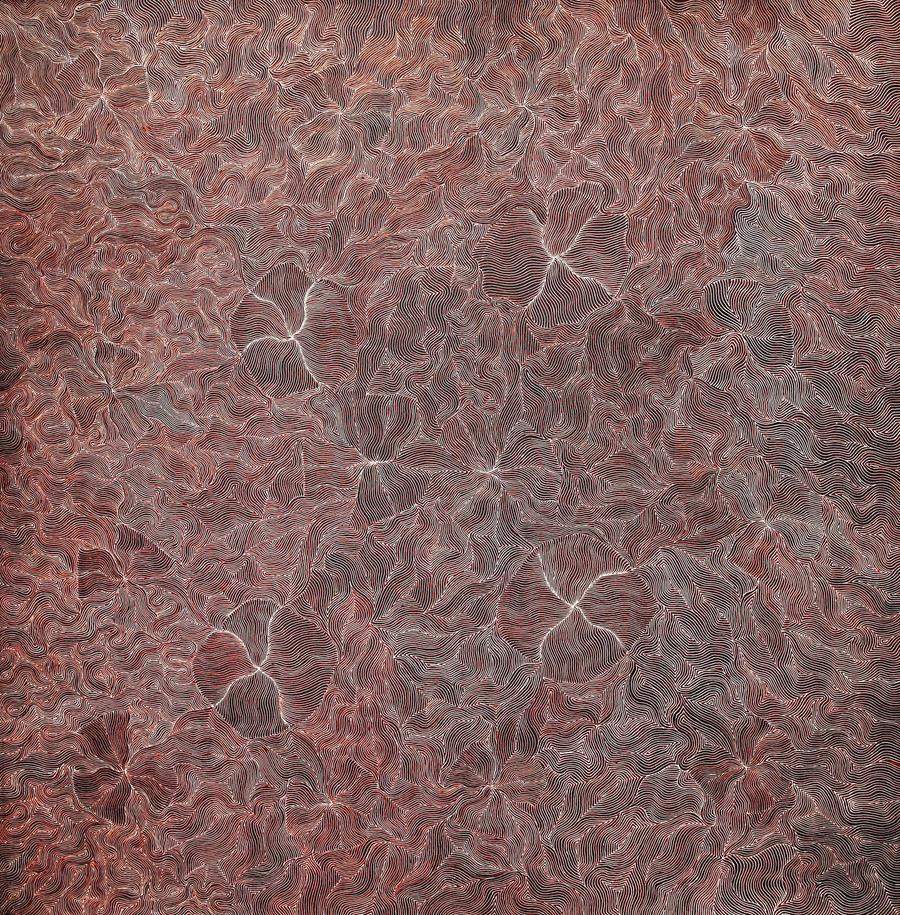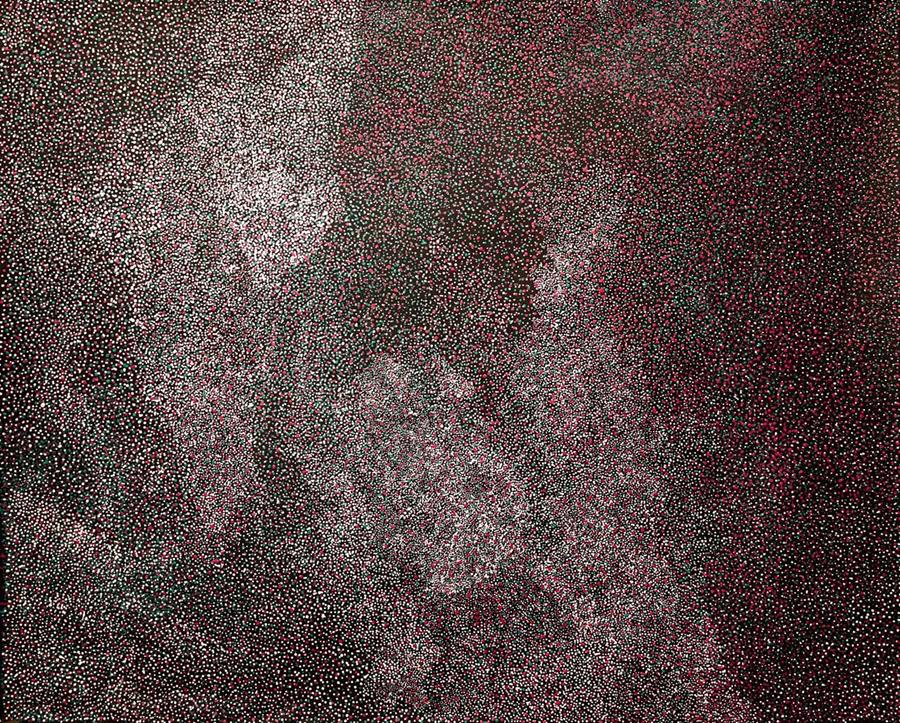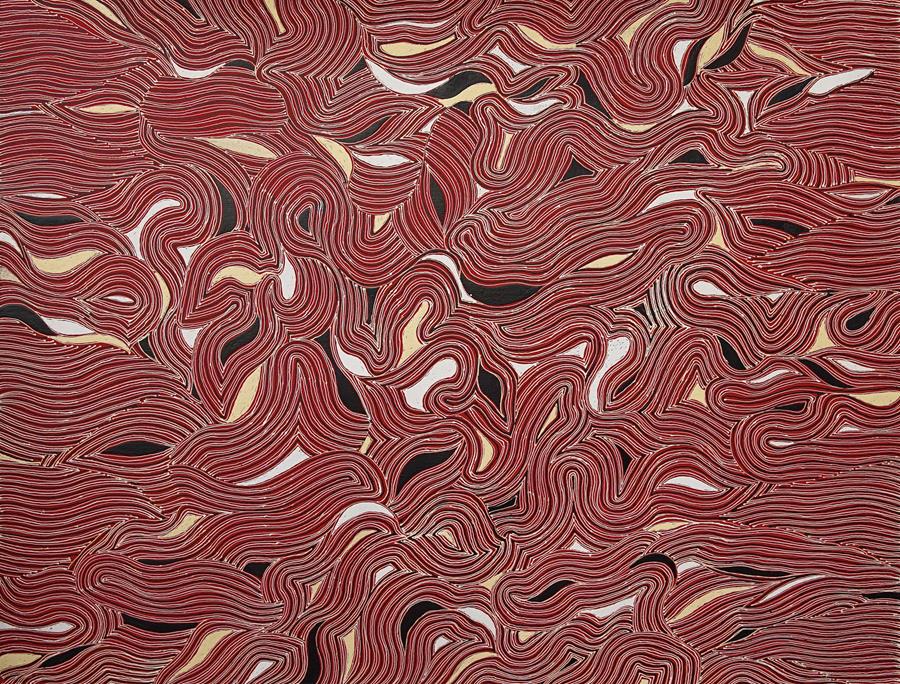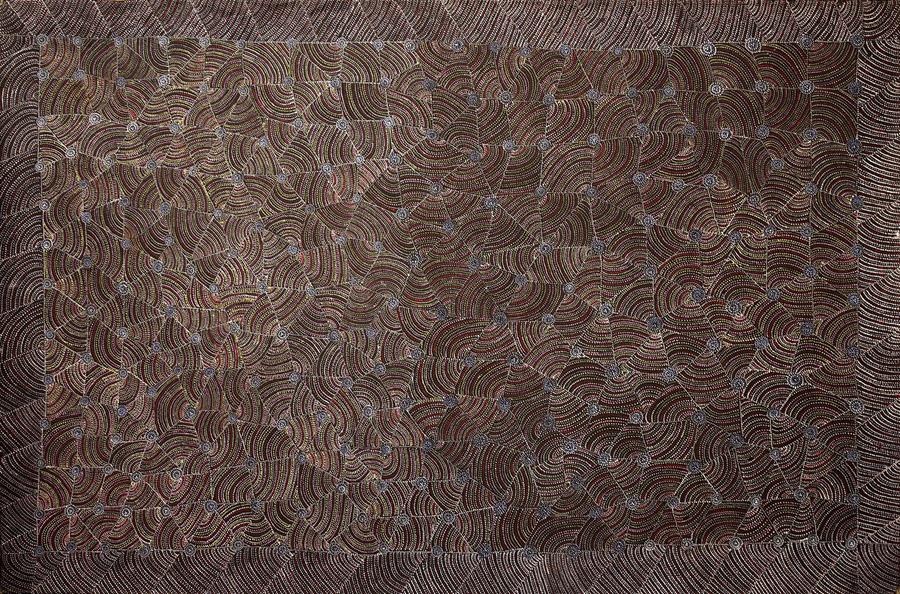Camel Camp and Beyond: Utopia Artists of the Eastern Desert


Camel Camp is one of about twenty outstation camps on the Utopia Homelands. These small settlements have been the basis of family life for the Alywarr and Anmatyerr people who first gained freehold rights to the Utopia lands in 1978. The importance of this fact is stated by Ngarla Kunoth Monks – ‘A homeland is a place where family and extended family, all live in one area. I have certain responsibilities in my upkeep of the land, I have to perform ceremonies and look after the country.’

The linked values of land and painting are also well expressed by Camel Camp painter Kathleen Ngale – ‘I cannot paint when I’m not on my land. My art exists because of my connection to my homelands. My home and everything it means cannot be moved or rebuilt elsewhere. I have lived here all my life.’

Kathleen also says ‘I am the oldest living generation on the Utopia homelands. I have a great responsibility to educate my family and my community about our history and the stories of our country. My paintings are ‘maps’ of our country, featuring clay pans, soakages and other geographical features, as well as sacred sites and various flora like the Ahakey, or bush plum.’ (quoted on the Amnesty website on Indigenous Rights)


The exhibition of paintings from Camel Camp and Beyond runs at Japingka Gallery from 2 September to 28 October 2016 and features works by Angelina Ngal Pwerle, Kathleen Ngale, Gladdy Kemarre, Polly Ngale, Josie Petrick Kemarre, Susan Pitjara Hunter, Cowboy Loy Pwerle and sculptures by Sandy Hunter.
The exhibition is available online, and can be viewed in the Gallery until 28 October.
View the Exhibition: Camel Camp and Beyond – Utopia Artists of the Eastern Desert
See Artists from this exhibition:
Artwork by Polly Ngale
Artwork by Josie Petrick Kemarre
Artwork by Cowboy Loy Pwerle
Explore Artists of Utopia
